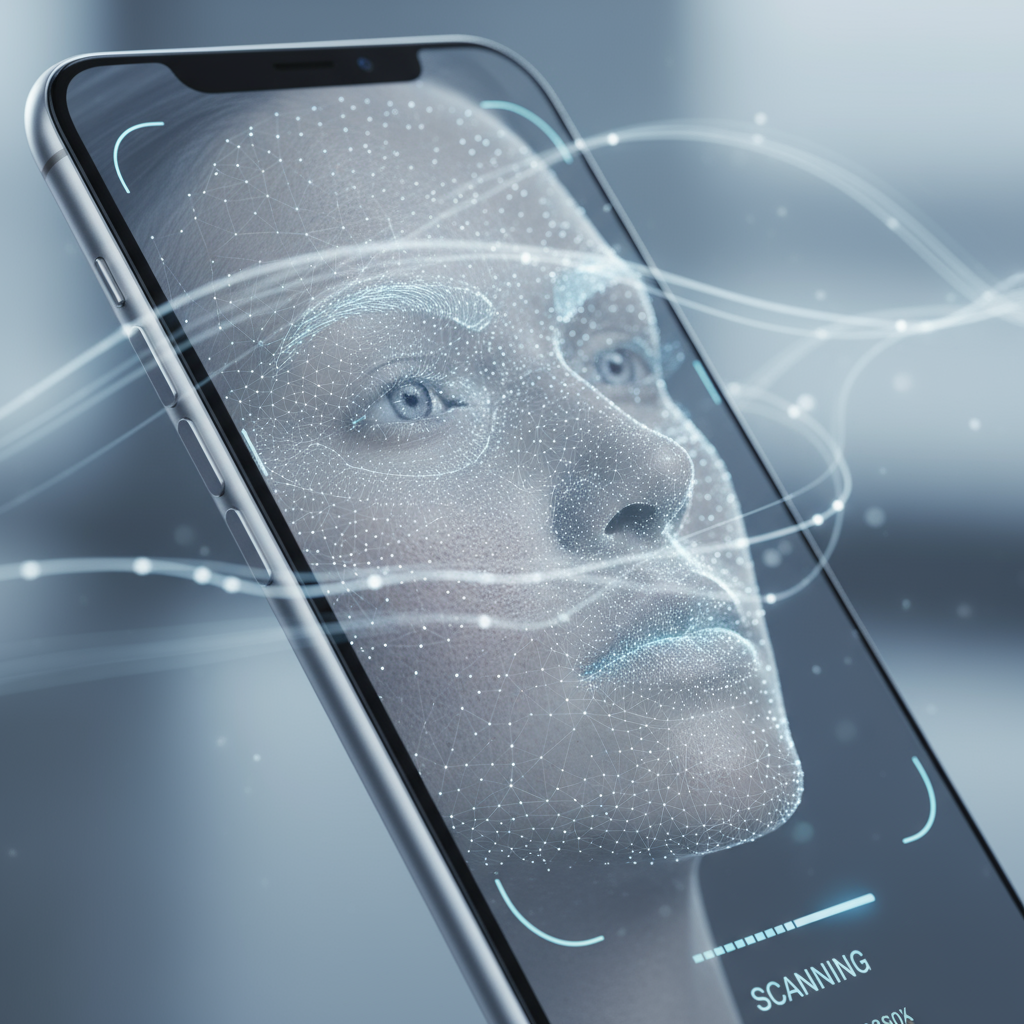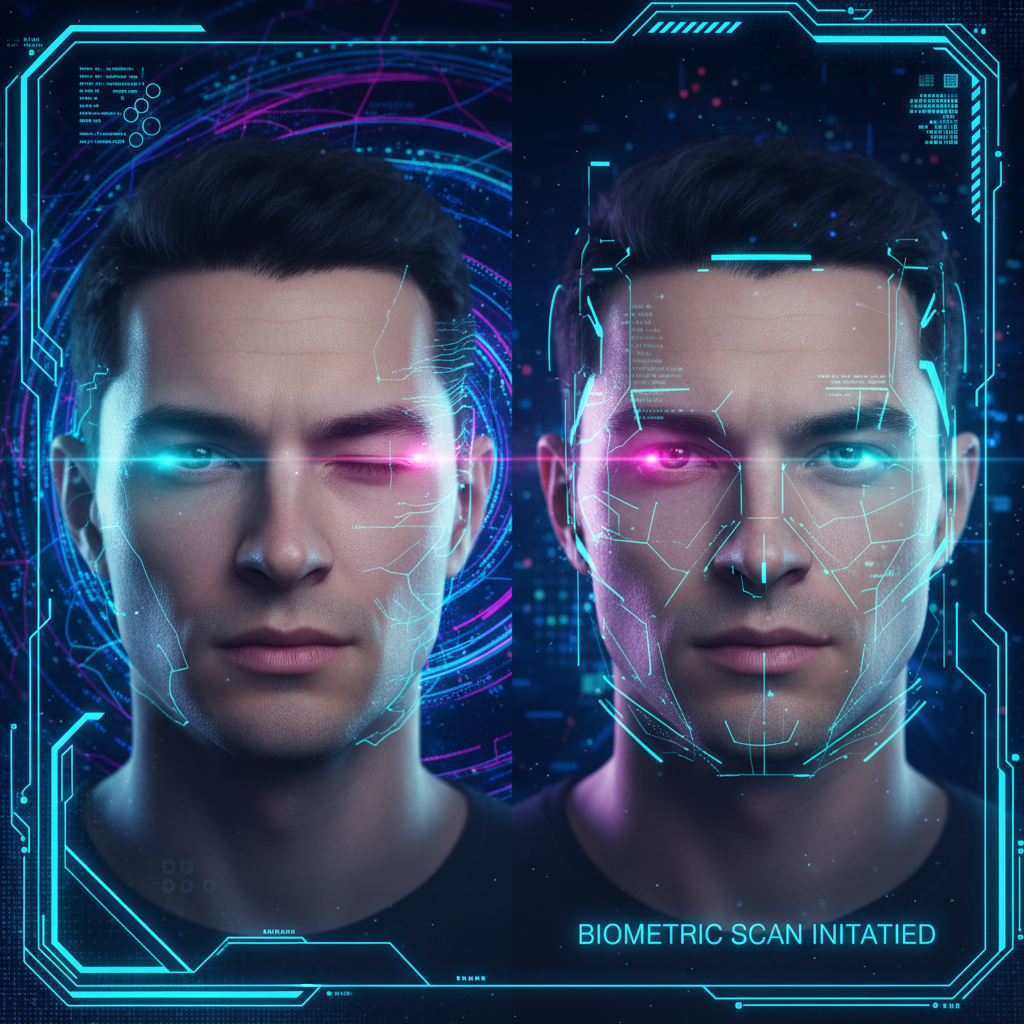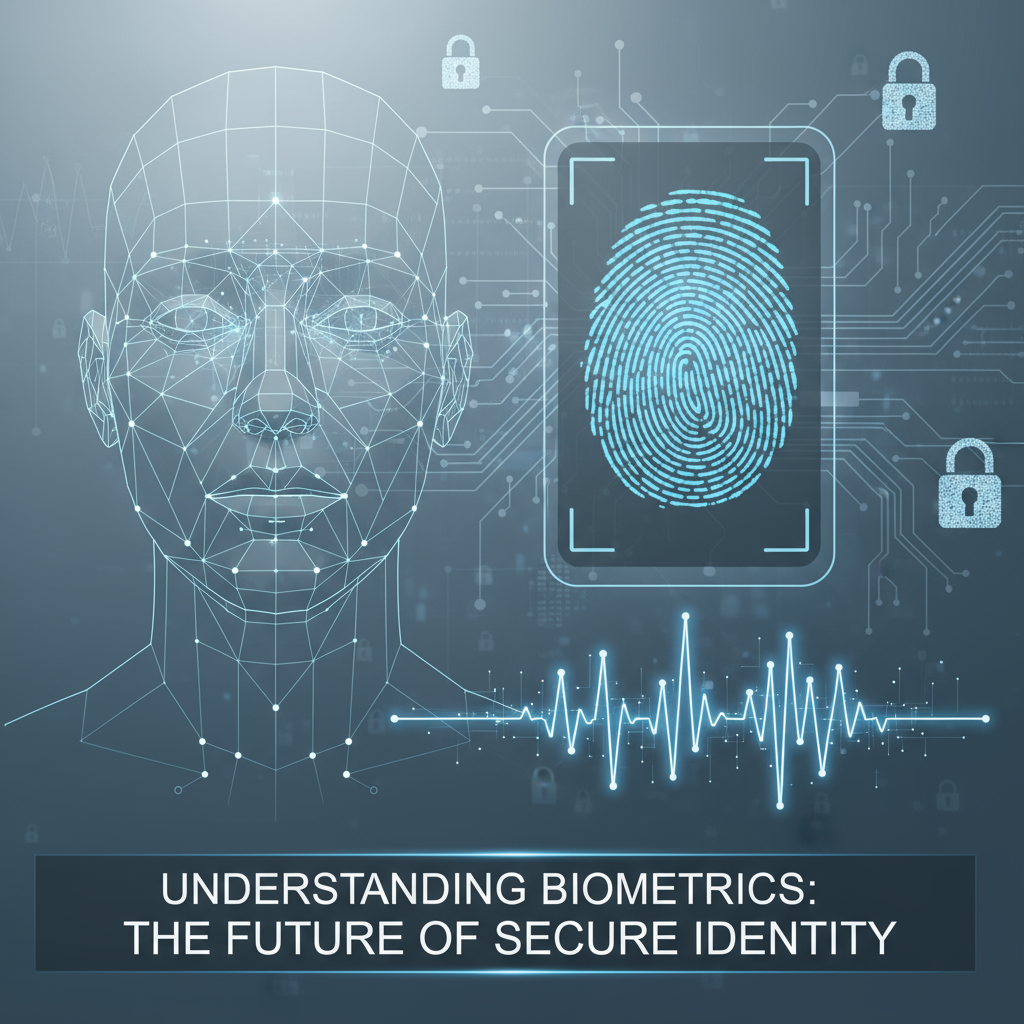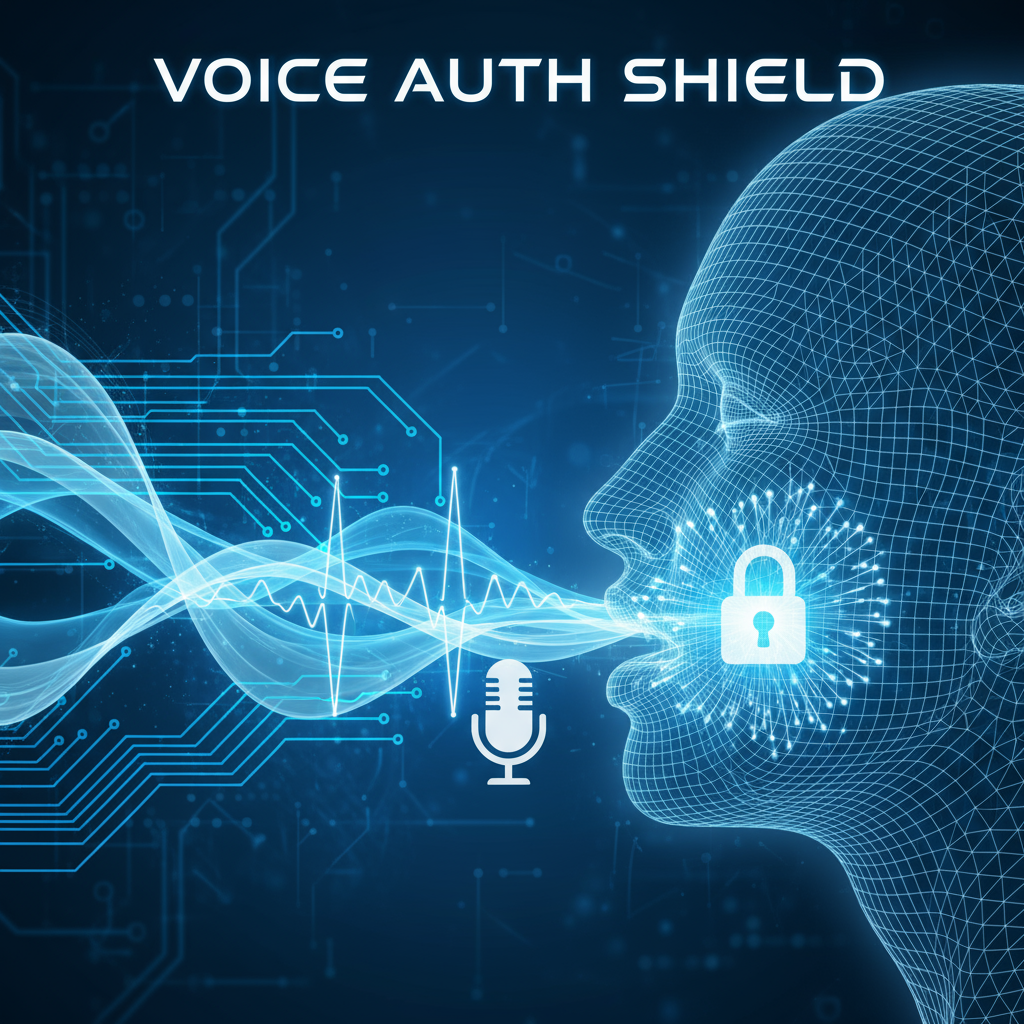Summary
In a world where deepfakes, synthetic identities, and online scams are evolving faster than ever, organizations face an urgent challenge — how do you verify someone’s identity with absolute confidence while maintaining a seamless user experience? The answer lies in a groundbreaking technology known as passive liveness detection.
This innovation is revolutionizing biometric authentication, quietly working in the background to confirm that users are real humans — not photos, videos, or sophisticated spoofs. Unlike traditional methods that require gestures or interactions, passive liveness operates silently, offering frictionless verification without compromising on accuracy.
In this in-depth article, we’ll explore what passive liveness detection is, how it works, how it differs from active liveness, its real-world applications, and why it’s becoming a critical defense mechanism against modern fraud across industries like banking, healthcare, travel, and more.
As digital transformation accelerates, almost every aspect of life now involves an online transaction — whether it’s opening a bank account, booking a hotel, or verifying your identity for remote work. With these conveniences comes an alarming surge in digital fraud. Cybercriminals now use AI-generated deepfakes, 3D masks, and high-resolution images to trick biometric systems.
Traditional authentication methods — passwords, OTPs, and even basic facial recognition — are no longer enough. The world needs an intelligent system that can detect whether the person on the other end is real and present in the moment.
That’s where passive liveness detection comes in. It silently verifies the “liveness” of a person by analyzing subtle cues like skin texture, depth, micro-movements, and light reflections — all without asking users to blink, smile, or move.
This makes passive liveness detection a game-changer for online security, offering unmatched protection while keeping the user experience smooth and natural.
What Is Passive Liveness Detection and Why Is It Important?

Before understanding the “passive” approach, let’s define liveness detection in general.
Liveness Detection Explained
Liveness detection is a biometric security feature that determines whether the biometric sample being presented — such as a face, fingerprint, or voice — belongs to a live human being rather than a spoof. A spoof could be:
- A photo of a person’s face
- A video replay attack
- A 3D mask or silicone model
- A deepfake created with artificial intelligence
These attacks are known as presentation attacks, and they are among the most common ways fraudsters bypass biometric systems.
The Role of Passive Liveness
Passive liveness detection is designed to combat these attacks in a non-intrusive and user-friendly way. Instead of asking the user to perform actions like blinking or turning their head, it simply analyzes an image or video frame using advanced machine learning and computer vision algorithms.
The system identifies minute signals that are impossible for fake media to replicate — such as:
- Natural skin texture and color gradients
- Depth variation across facial features
- Subtle light reflections from living skin
- Involuntary micro-expressions and muscle movements
These tiny indicators allow the system to detect whether it’s interacting with a living human being — instantly and invisibly.
Why It Matters
Fraudsters have evolved. They now use AI tools to create hyper-realistic forgeries, and without liveness detection, even the best facial recognition systems can be fooled. Passive liveness detection is the extra layer that stops such attacks before they start — all while providing a frictionless experience for genuine users.
Active vs. Passive Liveness Detection

Both active and passive liveness detection aim to achieve the same goal — ensuring that the system is interacting with a real person. However, their methods differ drastically.
Active Liveness Detection
Active liveness detection requires the user to perform an action to prove they are real. This may include:
- Blinking or smiling
- Turning their head left or right
- Reading a phrase aloud
- Following on-screen prompts
While effective in some cases, this method adds friction to the user experience. It may cause frustration, especially when users fail the test due to poor lighting, camera quality, or system lag.
Passive Liveness Detection
Passive liveness detection eliminates these pain points entirely. Users don’t need to follow any prompts — the system automatically verifies authenticity during a selfie capture or video check.
It silently analyzes various biometric and environmental cues such as depth, texture, and light behavior to determine if the person is real.
Key Differences
| Feature | Active Liveness | Passive Liveness |
| User Interaction | Requires gestures or movements | None required |
| Speed | Slower due to prompts | Instant and seamless |
| User Experience | Interruptive | Frictionless |
| Accuracy | Moderate | High, especially against deepfakes |
| Scalability | Limited by device capabilities | Highly scalable across devices |
Passive liveness clearly outshines active methods when it comes to balancing security and usability — two key pillars of modern authentication.
Benefits of Passive Liveness Detection

Let’s explore why passive liveness detection is considered the future of biometric verification.
Frictionless User Experience
In today’s digital economy, convenience determines customer loyalty. Users want security, but they don’t want extra steps. Passive liveness makes verification so seamless that users barely notice it’s happening.
Whether during account creation, login, or payments, passive liveness runs quietly in the background — no instructions, no retries, no time wasted. This frictionless approach leads to:
- Faster onboarding times
- Higher completion rates
- Reduced user drop-offs
Higher Accuracy Against Sophisticated Threats
Passive liveness detection employs AI-driven algorithms capable of detecting ultra-fine biometric cues that human eyes or older systems might miss.
By analyzing patterns like light reflection, 3D depth, and texture consistency, the system can differentiate between real and fake identities — even in the face of deepfakes, replay attacks, and high-quality 3D masks.
It’s essentially the next-generation defense shield for biometric authentication systems.
Scalable and Flexible
Passive liveness detection can be integrated easily across different environments — from crowded airports to dimly lit living rooms. It doesn’t require specialized hardware or sensors.
Using just a smartphone camera or standard webcam, it can verify a user’s identity securely. This flexibility makes it perfect for:
- Remote onboarding
- Cross-border verification
- Large-scale enterprise deployments
Its scalability allows organizations to extend high-level security to millions of users without expensive infrastructure changes.
Better Accessibility
Because passive liveness detection doesn’t rely on gestures or voice commands, it’s more inclusive and accessible to all users, including:
- Individuals with motor disabilities
- Elderly users
- Neurodivergent users who may struggle with interactive instructions
It ensures that security doesn’t come at the cost of accessibility, promoting inclusivity in identity verification systems.
Where Passive Liveness Detection Is Making an Impact
This technology isn’t confined to one industry. It’s already transforming how businesses verify identity and prevent fraud worldwide.
Banking and Fintech
The financial sector faces massive risks from account takeovers and synthetic identities. Passive liveness helps secure transactions and streamline customer onboarding.
Use Cases:
- Digital account opening
- Loan applications
- High-value transaction verification
Benefits:
- Customers can open accounts in under a minute using just a selfie.
- Reduces abandonment rates by removing complex verification steps.
- Detects and blocks deepfake or manipulated submissions before approval.
Healthcare
As telehealth becomes mainstream, verifying patients remotely has become critical.
Use Cases:
- Virtual consultation verification
- Prescription refills
- Secure access to health records
Benefits:
- Ensures only authorized patients access sensitive data.
- Reduces the need for in-person verification.
- Helps healthcare providers maintain HIPAA compliance and patient trust.
Workforce and Time Management
Employee authentication is vital for hybrid and remote work environments.
Use Cases:
- Time tracking and attendance verification
- Secure system logins
- Contractor identity verification
Benefits:
- Prevents buddy punching (one employee clocking in for another).
- Reduces HR’s administrative workload.
- Ensures only verified employees access confidential data.
Gig Economy and Peer-to-Peer Platforms
From delivery apps to home rental platforms, trust is everything.
Use Cases:
- Driver, courier, and host verification
- User re-verification for payouts or large transactions
Benefits:
- Confirms that each participant is who they claim to be.
- Reduces fake account creation and account sharing.
- Increases user safety and platform reputation.
Border Security and Immigration
At airports and checkpoints, speed and accuracy are crucial.
Use Cases:
- Automated e-gate verification
- Visa application processing
- Traveler identity confirmation
Benefits:
- Reduces waiting time at borders.
- Detects spoofing attempts like printed photos or masks.
- Enables contactless, hygienic travel verification, especially post-pandemic.
Travel and Hospitality
Hotels and airlines are now adopting passive liveness for smooth guest experiences.
Use Cases:
- Mobile check-ins and boarding
- Loyalty program access
- Reservation verification
Benefits:
- Guests can check in remotely without standing in lines.
- Enhances traveler confidence and safety.
- Works globally, across different devices and lighting conditions.
The Future of Security and Convenience
The future of authentication lies in technologies that merge security with simplicity. Passive liveness detection represents a shift from reactive fraud prevention to proactive identity assurance.
As deepfake technology becomes more sophisticated, systems must evolve beyond surface-level recognition. Passive liveness uses advanced AI to analyze countless micro-indicators that can’t be forged, making it one of the most powerful anti-fraud innovations of the decade.
In the near future, we can expect:
- Deeper AI integration for higher accuracy
- Wider adoption across industries beyond finance and security
- Compliance alignment with data privacy regulations worldwide
The balance of convenience and security has finally been achieved — and passive liveness is leading the way.
Getting Started with Passive Liveness Detection
For businesses looking to integrate this technology, here’s a step-by-step guide:
- Assess Risk Areas: Identify where fraud or identity manipulation poses the highest risk.
- Select Biometric Solutions: Choose systems with built-in passive liveness features compatible with your infrastructure.
- Integrate Seamlessly: Deploy across user onboarding, login, and transaction verification.
- Test Across Devices: Ensure performance in low-light and high-traffic conditions.
- Comply with Regulations: Encrypt data and follow global privacy standards like GDPR and HIPAA.
Implementing passive liveness is not just a technology upgrade — it’s a strategic investment in trust, efficiency, and long-term fraud prevention.
Conclusion
In the era of digital-first interactions, passive liveness detection has emerged as the secret weapon against fraud. It brings together the best of both worlds — airtight security and effortless user experience.
Whether it’s stopping deepfakes in banking, securing telehealth access, or enabling frictionless travel verification, passive liveness stands at the forefront of the biometric revolution.
As organizations move toward more secure and seamless authentication, those that adopt passive liveness early will gain a critical advantage — trust, speed, and safety in every interaction.
The fight against fraud is evolving. With passive liveness detection, businesses now have a silent but powerful guardian standing between them and the next generation of digital threats.
FAQs
What makes passive liveness detection different from traditional methods?
Unlike active methods that require movement or prompts, passive liveness works automatically — analyzing subtle visual cues to verify a real human presence.
Can passive liveness detection work with regular smartphone cameras?
Yes. Most modern solutions are designed to work seamlessly with standard front-facing cameras and webcams.
How does passive liveness prevent fraud?
It detects deepfakes, 3D masks, and synthetic identities by analyzing natural depth, texture, and light patterns — making it nearly impossible for fakes to pass.
Is passive liveness privacy-safe?
Yes. It uses image data only for verification and adheres to strict privacy standards without storing sensitive biometric information.
Which industries benefit most from passive liveness detection?
Banking, fintech, healthcare, border security, gig economy platforms, and hospitality are the key sectors leveraging passive liveness to combat fraud and enhance trust.
Will passive liveness replace passwords and OTPs?
In many cases, yes. It’s already being adopted as part of multi-factor authentication systems, offering stronger protection with minimal user effort.




